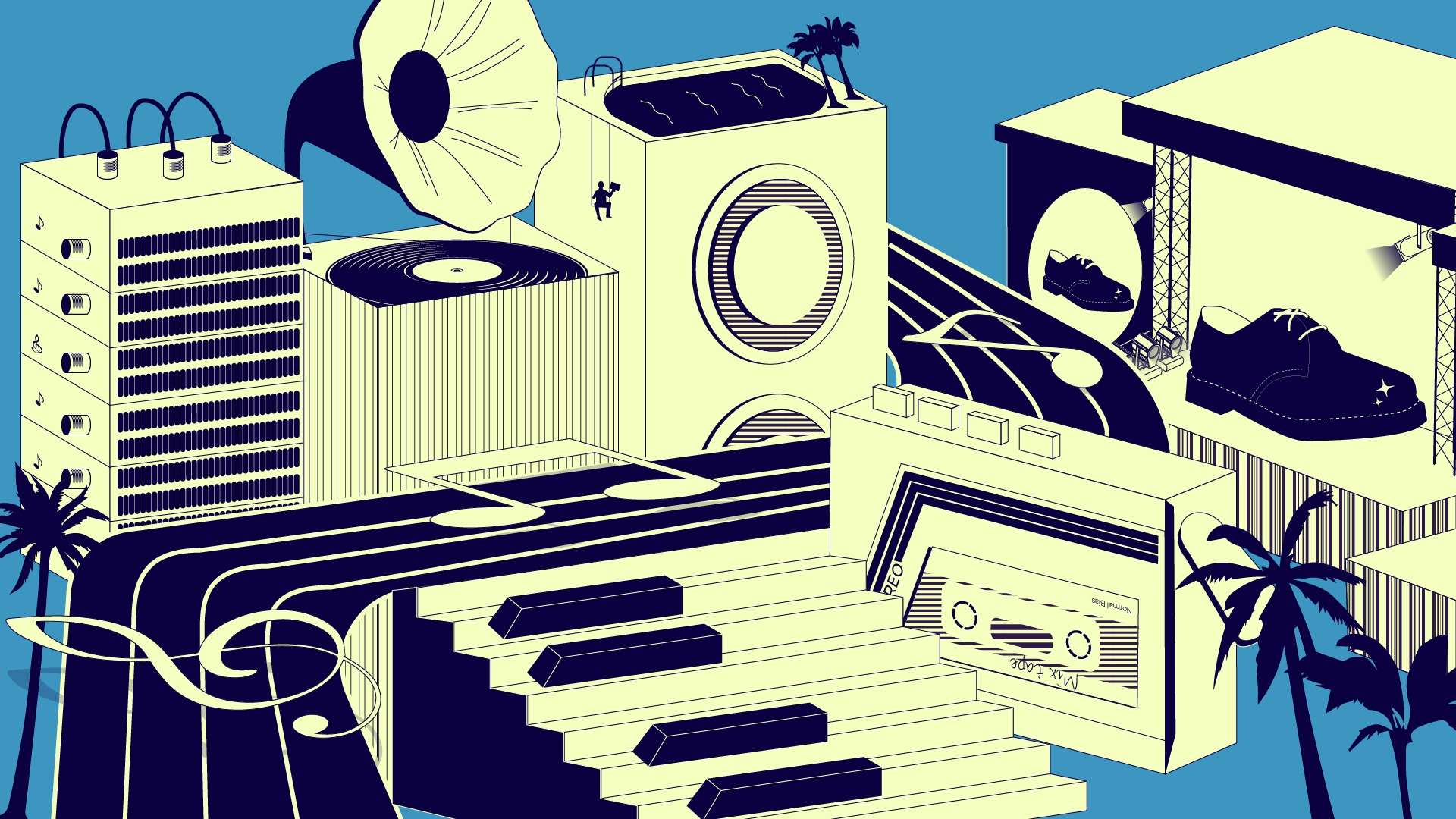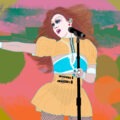History
Shoegaze, a genre that emerged in the late 1980s in the United Kingdom, is a sonic tapestry that blends noise, ambience, and emotion. It’s a music style characterised by its ethereal soundscapes, muffled vocals, and heavy use of guitar effects. The term “shoegaze” originated from the performers’ tendency to gaze at their shoes or effects pedals while playing, creating an introspective and detached stage presence.
Today, shoegaze continues to influence a wide range of artists and genres, with a legacy evident in the work of contemporary bands who incorporate its signature sound into their music. From its inception in the UK’s underground music scene to its influence on modern alternative music, shoegaze remains a powerful and enduring genre.
Influences
The roots of shoegaze can be traced back to the post-punk and neo-psychedelic movements of the early 1980s. Bands like Cocteau Twins and The Jesus and Mary Chain set the stage for this new genre, which took inspiration from the noise and distortion of punk rock and the dreamy, layered textures of psychedelic music. This combination resulted in a unique sound that was both aggressive and meditative.
Sound
Instrumentally, shoegaze is defined by its use of guitar effects like reverb, delay, and distortion, creating a wall of sound that envelops the listener. The guitars are often accompanied by ethereal keyboards and a rhythm section that emphasizes mood over technical complexity. Vocals in shoegaze are typically soft and indistinct, serving more as an additional instrument rather than a clear conveyer of lyrics.
Affect
The mood of shoegaze is primarily one of introspection and melancholy. It often evokes feelings of nostalgia and longing, with its dreamlike quality transporting listeners to a different state of mind. This introspective mood is a defining characteristic of the genre, making it a favourite among those who seek a deep and emotional listening experience.
Cocteau Twins – “Lorelei”
Scotland, 1984
An earlier example from Cocteau Twins, “Lorelei” showcases the band’s influence on the shoegaze genre. The track is characterised by its mesmerising guitar work and vocalist Elizabeth Fraser’s distinctive vocal style. It stands as a testament to the band’s role in shaping the sound and aesthetic of shoegaze.
My Bloody Valentine – “Soon”
Dublin, 1990
From their influential album loveless, “Soon” is a groundbreaking track that blends dance rhythms with shoegaze’s signature sound. It stands out for its innovative use of guitar textures and a groovy beat, showing the genre’s potential to cross into other musical territories.
Slowdive – “Star Roving”
England, 2017
A part of Slowdive’s comeback album, “Star Roving” shows the band’s ability to maintain the essence of shoegaze while evolving their sound. The track combines the dreamy, ethereal qualities of classic shoegaze with a more modern, polished production.
Slowdive – “kisses”
England, 2023
This lesser-known yet captivating track makes a return to the band’s early explorations in the shoegaze genre. With mesmerizingly simple drum patterns, lush soundscapes and delicate vocal harmonies, the song immerses listeners in a dreamlike atmosphere. It showcases Slowdive’s talent for creating deeply textured and emotionally resonant music.
Be sure to check out previous articles in our series: Evolution of Old School Hip Hop and Evolution of House Music.
Written by Tyrus Facey
Illustration by Holly Li





















